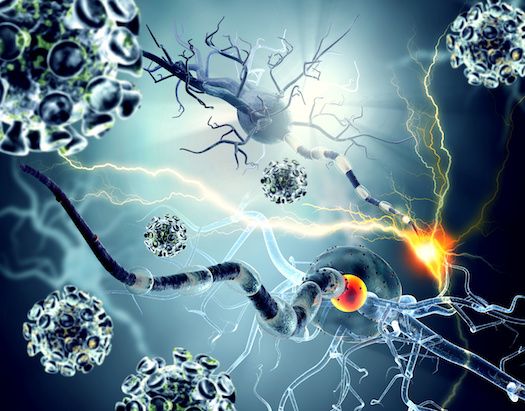Article
CMSC 2017: Gaining a Better Understanding of Multiple Sclerosis
Author(s):
Physicians received an overview of the scope and severity of the disease.

It’s a sobering statistic. About 400,000 people in the United States have multiple sclerosis and nearly 2-3 million people worldwide are diagnosed with the disease.
“That’s likely the tip of the iceberg,” said Patricia M. Coyle, M.D. Coyle is a professor and vice chair (clinical affairs), as well as the director of the MS Comprehensive Care Center at Stony Brook University Medical Center.
Autopsy results, Coyle said, suggest that the figures could be double.
Coyle provided physicians with insight as to just how severe the disease and its impact are at the Consortium of Multiple Sclerosis Centers (CMSC) Annual Meeting on Wednesday, May 24 in New Orleans.
In her portion of a lecture titled “Personalizing the Personalizing the Management of Multiple Sclerosis: A 3 Dimensional View of Current and Emerging Therapies,” Coyle briefed physicians on the latest demographics of the disease, its phenotypes, and its activity.
“This is a young-person’s disease and it has striking impacts because of that,” Coyle said.
Ninety percent of MS patients are between 15 and 50, she noted, citing that pediatric cases represent 2-5% of all cases. The disease is affecting women predominantly, with a ratio of 3 to 1 female to male patients. Only 10% of all MS cases occur in patients over the age of 50, she said. Less than 1% of diagnoses are in patients before age 10 or after age 60.
“There is a mortality impact of MS, but the true impact is on morbidity,” Coyle said, adding that the disease shortens lifespans by about 6-12 years.
Instances of the disease also appear to be falling along geographic lines, she said, with fewer diagnoses occurring in locations close to the equator. This may be linked to increased sun exposure and vitamin D levels, regional diet, or the hygiene hypothesis that excessive hygiene exposure in children could be in some part behind the autoimmune response.
The disease, she said, is highly variable and exists on a spectrum of silent, “benign,” or malignant. MS primarily affects Caucasians, which represent more than 90 percent of people with the disease, though it is increasing in other populations.
She noted knowledge of the different MS phenotypes for physicians is key, placing emphasis on the radiologically isolated syndrome (RIS) in which patients do not present with symptoms, but an MRI of the brain shows otherwise. This phenotype is not officially recognized. Other phenotypes include clinically isolated syndrome (CIS), relapsing-remitting MS (RRMS), primary progressive MS (PPMS), and secondary progressive MS (SPMS).
“Once the patient is progressive, there is inevitable disability,” Coyle said.
Coyle advised physicians to determine MS disease activity with two criteria: 1) Is it active or not active and 2) Is it progressing or not progressing. Regarding making the active determination, Coyle said this involves clinical and MRI measures and that these measures apply to all phenotypes. Physicians should determine active or non-active by looking for clinical relapse or by the presence of new or enlarging T2 lesions or lesions detected by contrast and MRI.
The progressing or not progressing disease activity applies only to the progressive phenotypes, Coyle said and is “determined by presence/absence of gradual clinical worsening, independent of relapse.” There are no MRI measures for progressing or not progressing yet.




